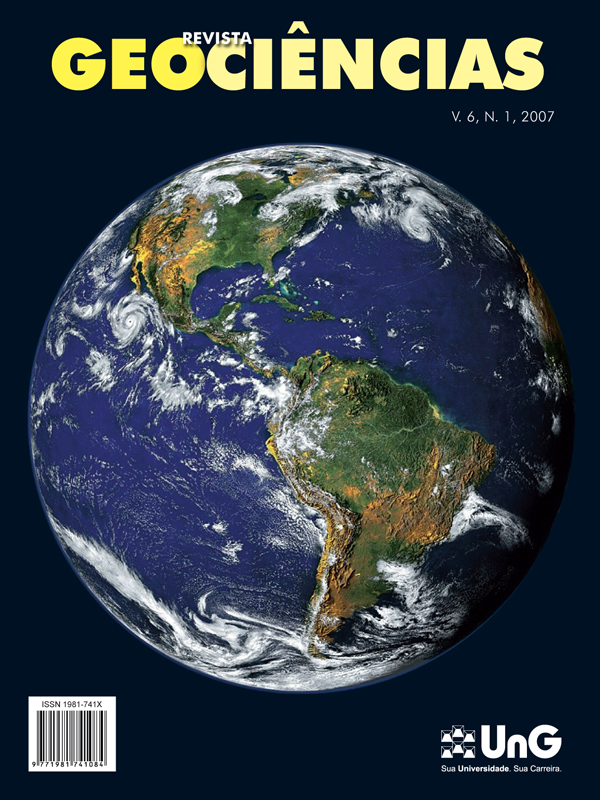Relationship Between Geoenvironmeters and the Land Use and Occupation of Bragança paulista, São Paulo State, Brazil.
Abstract
Located in the southeastern section of the State of São Paulo, the city of Bragança Paulista represents a microcosm for studying the relationship between the presence of geoenvironmental parameters and the historical process of land use and occupation. In this study, geomorphological and geological parameters were employed such as topography, geological substrate and its soils and mineral resources. Climatic as well as historical parameters also explain the rapid evolution of the city under the context the coffee economical cycle, at the end of the 19th Century as well as its decline after the third decade of the 20th Century. Field work combined with revision of the scientific literature available indicates that the topography of the city of Bragança Paulista is highly diversified, due to the presence of landscapes that encompass steep scarp, sided mountains, hills and lowland fluvial plains. The climate is typical of mountainous areas due to the high elevations of the southern sector of the Mantiqueira Mountains, which confer the region the presence of remnant Araucaria forests, as well as Seasonal Semideciduous Tropical Forest, permeated with small cerrado islands. This study shows how these geoenvironmental factors controlled the local urban expansion. Nowadays, the high elevation areas are occupied by eucalyptus and pinus forests, exploration of crushed and ornamental stones, whereas the prevailing hills, varying from 600 to 700 m elevation, are characterized by pastures and grazing. The lowland fluvial plain, until recently, concentrated activities related to sand and clay exploration. The urban area, however, until the 1980s, was restricted to the elevated central area (>800 m), corresponding to the historical origins of the city in 1763. With the increase of the urban population fostered by migration from thousands of northeastern migrants, urban speculation forced a new phase of development, now on various landscape types, which until then were avoided by the local urban style. Until today, the city of Bragança Paulista shows no clear tendency towards of sector of activities, thus showing a blend of activities that vary from agriculture, natural resources exploration, urban development, appearance of new industrial centers as well as a tendency to exploit its tourism potential.Downloads
Published
2008-04-03
Issue
Section
Orphaned

